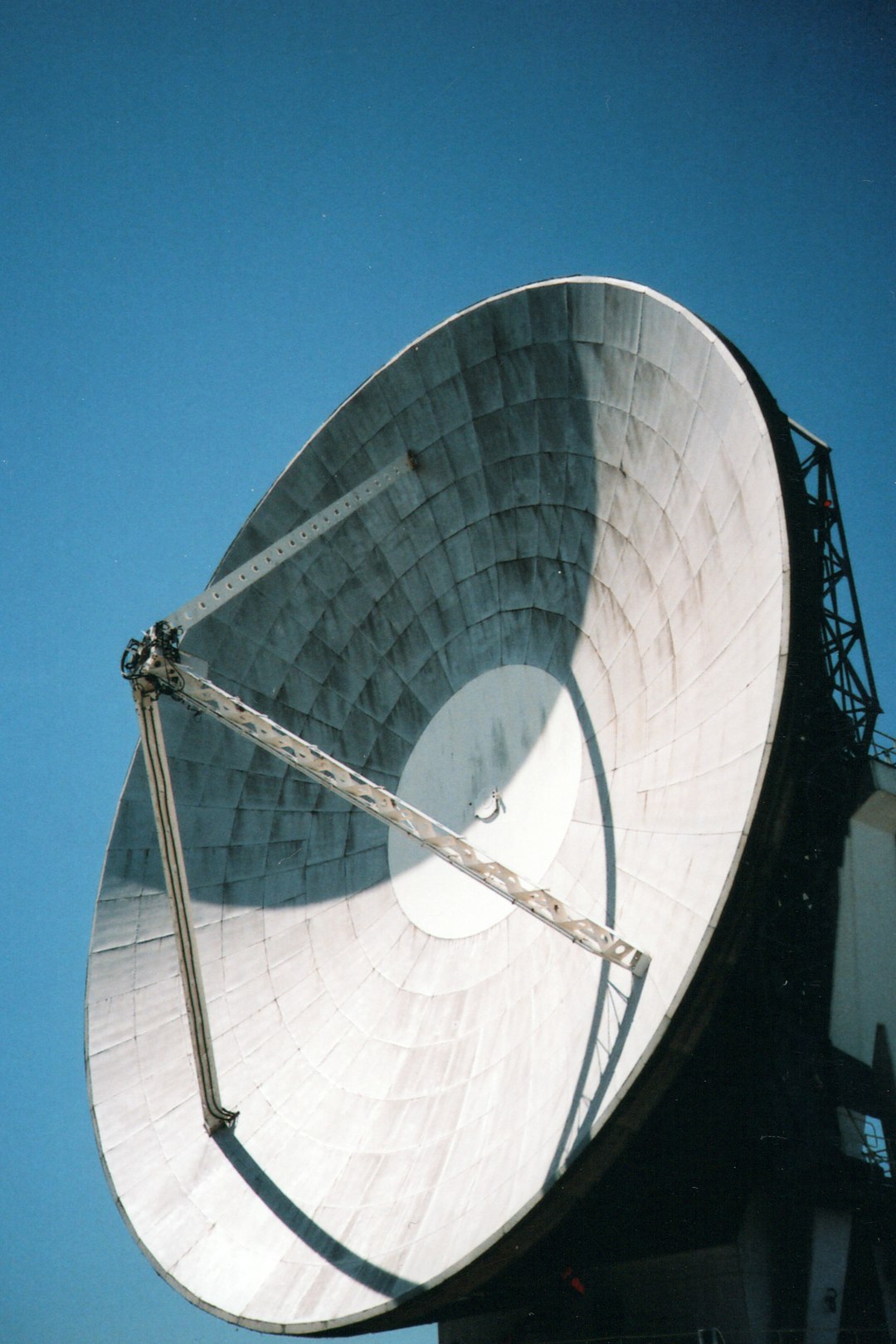 Photo from Unsplash
Photo from Unsplash
Originally Posted On: https://www.bestsatelliteoptions.com/resources/improve-satellite-internet
Imagine the following scenario. You’re in the middle of a time-sensitive assignment, only to have your work suddenly slow down to a crawl. You try unplugging your internet and plugging it back in, but nothing seems to help.
What could be the problem? More often than not, the issue is some sort of interference that is affecting satellite internet connection. It’s incredibly frustrating when your satellite internet glitches out, as you can lose a lot of valuable time working or playing. Even the time of day can affect how your internet works!
Thankfully, getting the best satellite internet is a pretty easy affair. We’re going to break down common techniques to improve your satellite internet speed and give you the most value for your dollar.
What Makes Satellite Internet Different?
Are you familiar with the ins and outs of your satellite internet dish? Unlike DSL, satellite internet uses a few different techniques to provide you with the best satellite internet.
Fiber and cable internet are some of the most common ways of staying connected. The satellite dish is exactly what it says on the tin: a physical dish that’s set up outside your house to receive signals from an orbiting satellite. According to recent studies, the number of active satellites orbiting the Earth is nearly 5,000. Recent technological advances have made satellite dishes very attractive for remote workers, families, and live streamers.
Rural areas tend to favor satellite dishes due to the unreliability of dial-up resources. No matter where you live, satellite dish internet is a great option for your home. However, unlike fiber and cable internet, your satellite dish needs regular maintenance to function properly. Failing to keep it clean and properly situated will affect your signal throughout the week.
Tip #1: Remove Any Debris
Our first tip is one of the best known, but still worth repeating! Weather debris is a major offender for disrupting satellite internet and getting in the way of your day-to-day life.
Simply removing the debris isn’t enough. If you don’t use the correct method, you could damage your dish and make things worse.
Snow
Do you live in an area with a lot of snow? When purchasing your satellite dish, take the time to buy a small hand broom and a cloth.
Snow is easily brushed off with a few swipes of your broom, but be careful not to move the dish out of its alignment. Keep an eye on your weather forecast so you’re not caught by surprise.
Ice
Snow is a pretty simple type of debris to remove. Ice is a different matter entirely. If you remove ice off of your dish, you run the risk of damaging your equipment or misaligning it.
Satellite dishes are designed to hold up to pretty extreme weather patterns. Let ice melt naturally and sweep off any excess with your hand broom.
Leaves
Leaves are among the simplest forms of debris to remove. Like snow, sweep off leaves or pick them off by hand.
Be sure to wash your hands afterward, as satellite dishes are often covered in bird droppings, dirt, and dust. We also recommend you wear cleaning gloves and dispose of them properly once you’re finished. It’s better to be safe than sorry!
Tip #2: Reposition the Dish
Another common problem facing satellite dishes is misalignment. If removing debris doesn’t fix your signal, it’s more than likely your dish is just out-of-place.
Should you automatically reposition your dish? Not so fast! Always double-check with your manufacturer before adjusting it on your own. Fiddling around with your dish without a professional opinion could make matters worse.
Make Sure Your Dish Faces South
Does your satellite dish face south? If not, consider tilting it a little until it does. All satellite dishes are supposed to point south, no matter the brand or the type.
You can use a compass to figure this out or ask your manufacturer.
Call Your Manufacturer For a Check-Up
There’s no shame in asking the Manufacturer for a check-up. Today’s satellite providers are happy to drop by and check your dish to make sure you’re enjoying their product.
While an experienced satellite dish owner will be able to shift their dish until it’s in the right position, new owners should call for assistance. These visits shouldn’t take more than a half-hour to an hour, depending on the nature of the problem.
Tip #3: Double-Check Your Router for Updates
Here’s a lesser-known tip that satellite owners often overlook. While debris or misalignment are easily fixed, router issues are more tricky.
Your satellite internet might not be working because of router updates. To reiterate, the function of a router is to redirect digital traffic to keep your connection from interrupting. Router software regularly updates for security reasons to keep your information safe. Sadly, not all updates are a seamless transition.
If you’ve tried removing debris or repositioning your satellite dish without improvement, it’s likely your router is to blame. Turn on your router settings and double-check for any recent updates. You may need to call your router’s manufacturer to learn how to disable certain features.
Tip #4: Reduce Your Internet Activity
Are you the kind of internet user that has dozens of tabs open 24/7? Do you like to stream and download movies at the same time? Your internet activity plays a big part in how fast your satellite dish connection is.
Close Your Tabs
The more tabs you have open, the more memory you use up. The home computer or laptop is a frequent source of frustration for satellite dish owners.
Take a few minutes to close any unwanted tabs. If you’re afraid you’ll forget a certain page or website, create a bookmarks folder to store your links. You’ll be surprised by how much faster your internet runs already!
One Download at a Time
Being a modern internet user means downloading constantly. Whether you love to stream videos or download new video games, we recommend you slow down a little.
In the future, consider doing one download at a time. Double-check the file size of whatever it is you’re downloading to keep your connection speed steady. The larger the download, the more your internet will slow down.
Tip #5: Pick a Different Location for Your Satellite Dish
This last tip is a surprisingly uncommon one! When you think about it, it’s not surprising why. Choosing a new location for your satellite dish is a real pain, especially when you’ve put so much work in already.
That said, a new location for your dish could be the best choice. Your manufacturer will happily recommend new settings for your equipment to improve your connection speed. Optimize your satellite’s positioning by keeping the dish:
- On or near your house
- Unobstructed by a roof or trees
- Easily accessible with a ladder, step stool, or crane
This tip will take a little trial and error but will result in much smoother internet speeds.
Get the Best Satellite Internet
Learning how to improve your satellite speed is a lesson in modern technology. Once you understand how a satellite dish works, improving internet speeds can be a fairly simple task.
Your dish is constantly connecting to satellites orbiting the planet. Debris such as leaves, snow, and ice interferes with its ability to receive signals. Poor placement, constant downloads, and memory-hogging internet activity also get in the way. If you’re a less-experienced satellite dish user, make sure to contact your manufacturer before changing your dish’s alignment.
Providers like Viasat, HughesNet, and Starlink satellite internet deliver a reliable tool for everyday use once you learn how to maintain it.




